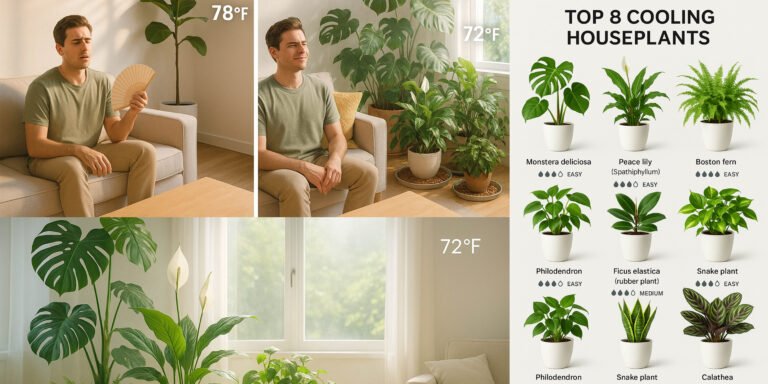Between 18 and 24 months, your little one starts an exciting journey—moving from simple sensory exploration to the early stages of logical thinking. It’s the beginning of a path that will one day lead to understanding numbers and problem-solving!
Step 1: Discovering the World Through the Senses
At this stage, your child is soaking up the world through touch, sight, and sound. They’re fascinated by how things look, feel, and sound—exploring textures, colors, shapes, and sizes with curiosity and joy.
Step 2: Beginning to Sort, Match, and Organize
Soon after, your child starts noticing differences and similarities between objects. They might begin grouping items by color, matching shapes, or lining things up just because they “go together.” This is the early foundation of logical thinking, and while it takes time to build, it’s a beautiful process to watch unfold. Continue offering sensory-rich experiences alongside these first sorting games.
The Power of Purposeful Play Materials
Around 18 to 24 months, many toddlers can:
- Group objects by color
- Identify and match basic shapes
- Pair a shape with its cut-out (like puzzles)
- Nest or stack items that fit inside one another
To support these emerging skills, offer playful matching opportunities. Just keep it simple—limit the number of choices to three or four to avoid overwhelming your child.
Why Thoughtfully Designed Toys Make a Difference
Free play is valuable—but when you want to build early logic, well-designed tools make a big impact. Sorting turns into a mini math adventure when the sorting rules are clear and easy to understand.
Trying to sort regular household objects can be tricky, since they often vary too much. But when your child plays with sets that have consistent shapes or colors, they can focus on just one idea—like sorting by size or color—and really get it.
Top Toys and Tools to Try
Here are some parent-approved materials that can spark curiosity and develop your child’s sorting and matching skills:
Shape Sorters
These encourage children to match solid pieces with the right cut-outs. Bonus if they have easy-to-grip handles—perfect for little hands!
Size Sorting Sets
Toys with small, medium, and large versions of the same item teach kids how to compare sizes. They also allow kids to “check their work” by seeing if things fit properly.
Lacing Beads, Abacuses, Sorting Tokens
These hands-on tools are great for fine motor skills and early logic. Just be sure to supervise, guide, and check in as your child plays.
Matching Games (Lotto, Dominoes, Memory Cards)
These games help reinforce visual recognition and early categorizing, often centered around fun themes like animals, nature, vehicles, and jobs.



